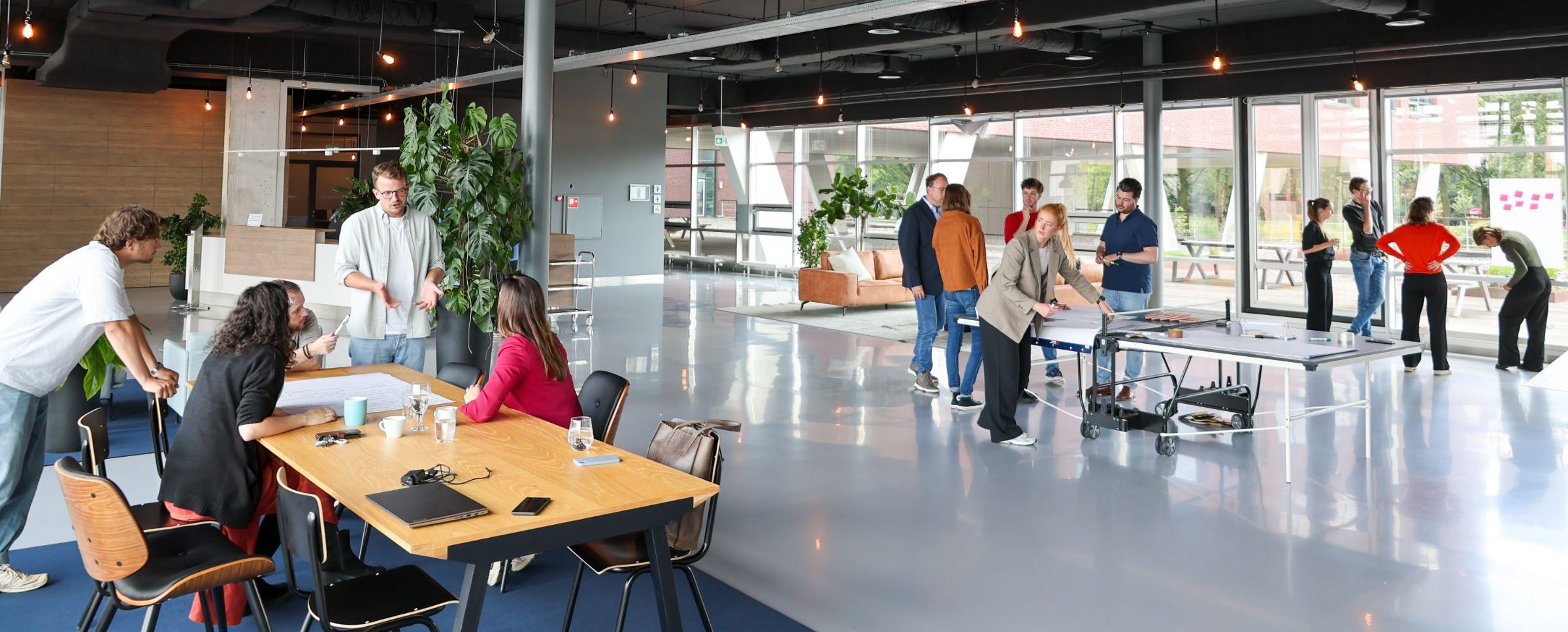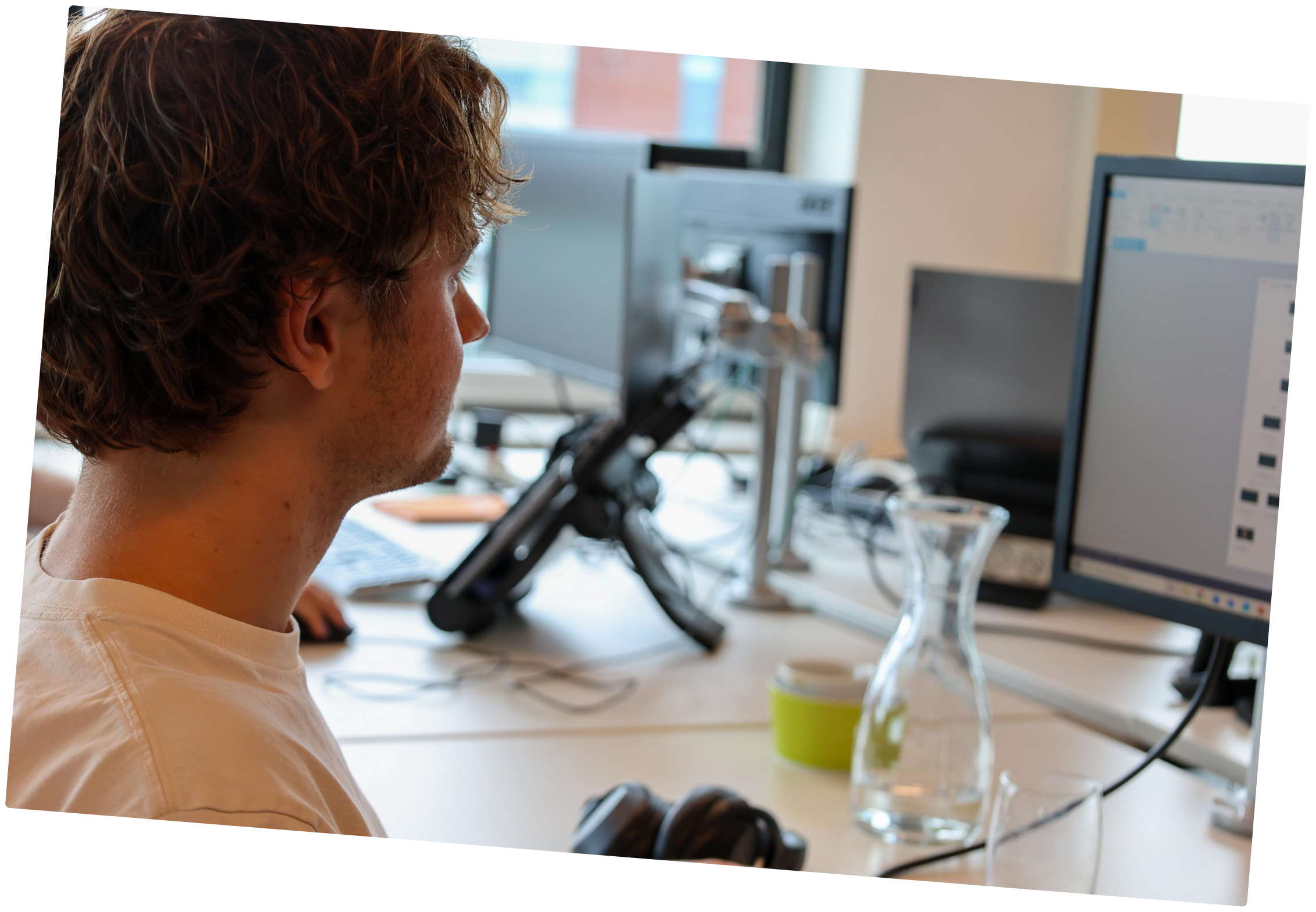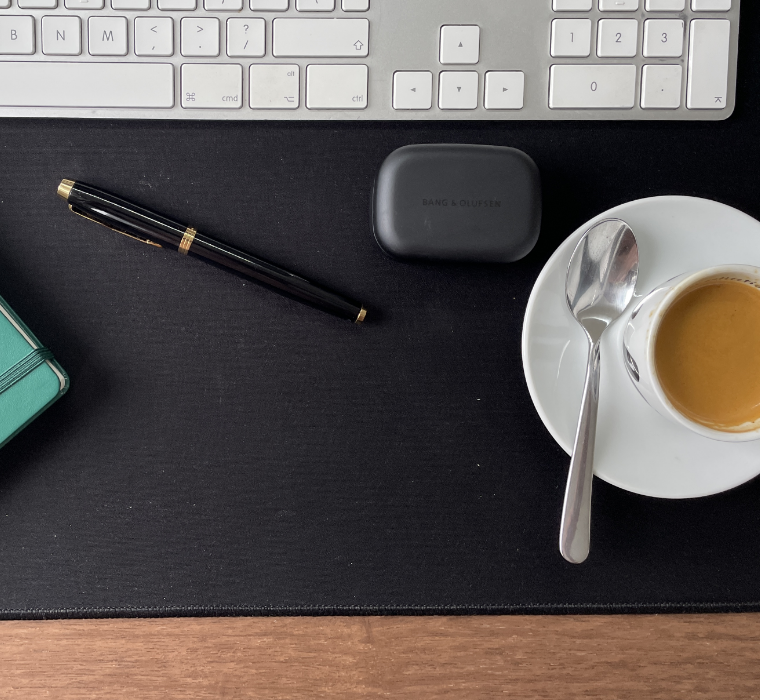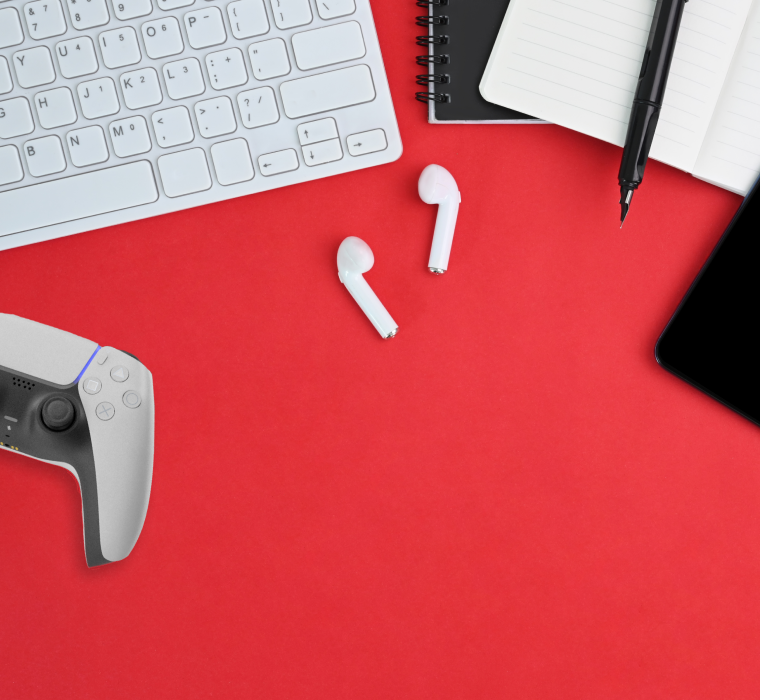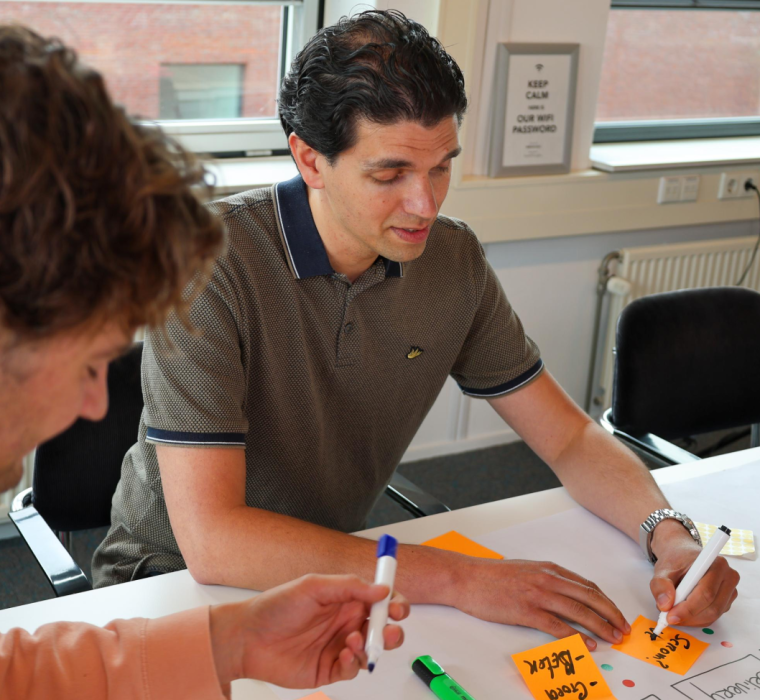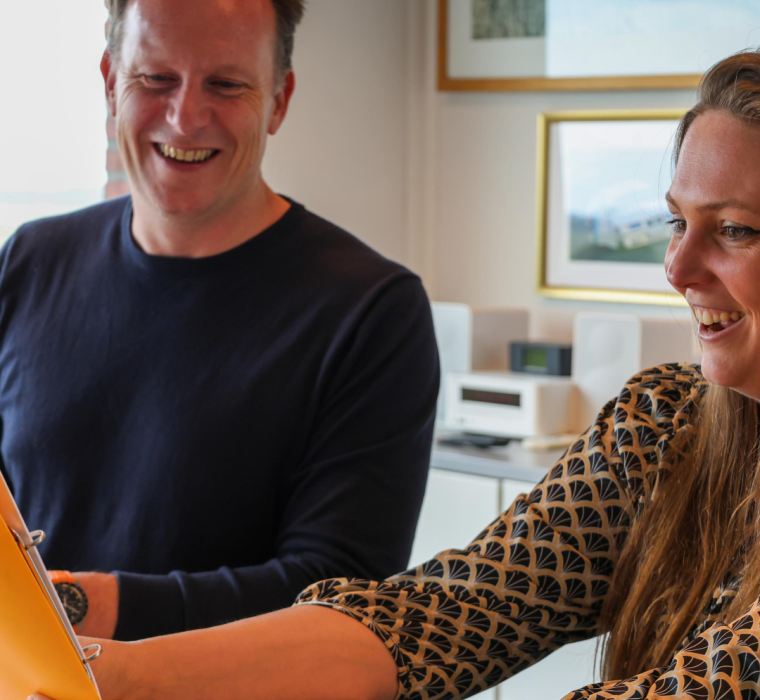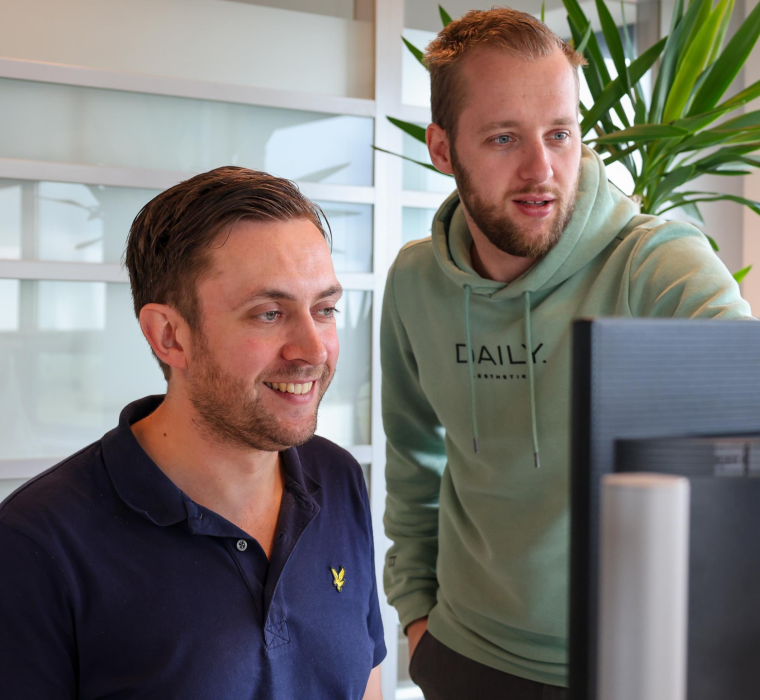
Hey Ivo,
You can certainly say that 2025 is the year of digital accessibility. I have been working at inBrain for over a year now, and during this time I have created learning solutions on a variety of topics and for a variety of clients. As I delve deeper into these topics with each new project, I learn a lot about them myself. So too about digital accessibility. Together with colleague-consultant Robin Lischer I developed four e-learnings for Thuiswinkel.org about digital accessibility. The target group consisted of designers, developers, product owners and content creators. I am happy to share the most interesting insights I gained during this project.

What is digital accessibility?
Digital accessibility means that digital products are easy and accessible for everyone to use. People with visual or motor disabilities, for example, cannot always use apps, online shops or other digital services with the same ease. You can imagine how frustrating this must be for them….
Resources
People with disabilities use all kinds of tools that allow them to use digital products properly. For example, Thuiswinkel recorded a video with Bart, who, because of his visual impairment, uses keyboard navigation and always zooms his pages at 200%. In another video, you can see that Rick, also visually impaired, has all his text read to him by a computer voice. So as a developer, if you build digital products that these aids can work well with, make sure that Bart and Rick can take in all the information without any problems.
In this project, I also experimented with a variety of assistive devices myself, such as screen readers and keyboard navigation. Experiencing for myself what it is like to use a digital product with these types of tools has given me a much better understanding of what to look for when developing a digitally accessible product.

Digitally accessible e-learnings
In fact, as a developer of digital learning products, I also have a responsibility to create digitally accessible products. About 15% of the Dutch population has a functional limitation, which means they cannot use digital products adequately. I want to make my learning solutions pleasant to follow for this group as well.
This will become the new standard anyway. After all, as of June 28, 2025, the European Accessibility Act mandates that all digital products delivered must be digitally accessible. With the insights from this project, I have already taken a step in the right direction. These are the three most surprising insights I gained for myself.
1. The group of people with functional disabilities is surprisingly large
The European Accessibility Act is there for a reason: the group of people who experience problems with inaccessible digital products is larger than you might initially think. People with visual or motor disabilities. People with impaired hearing or complete hearing loss. People with a neurodivergent brain. But it also includes some seniors or people with temporary disabilities (for example, due to a broken arm). So a sizable group. We all know an example of a bad, non-user-friendly website. Just imagine that such a large group of people experience this with every non-digitally accessible website.
2. Digital accessibility helps everyone
Anyway, by developing a digitally accessible product, you are not only helping people with functional disabilities. In fact, it has a positive impact on the user-friendliness of the product in general. And so it is nice for all users. Subtitling of videos is pleasant for people with a hearing impairment, but also if you are sitting in the silent compartment of the train. A clear navigation of a website is a must for someone with a screen reader, but also helps visitors in general to quickly find what they are looking for.
3. Building digitally accessible is easy to do!
Of course, there is a lot to consider. But if you look at the product with the glasses of digital accessibility right from the start of building, developing a digitally accessible product is more doable than you initially think. And so there is no reason to leave it at that.
